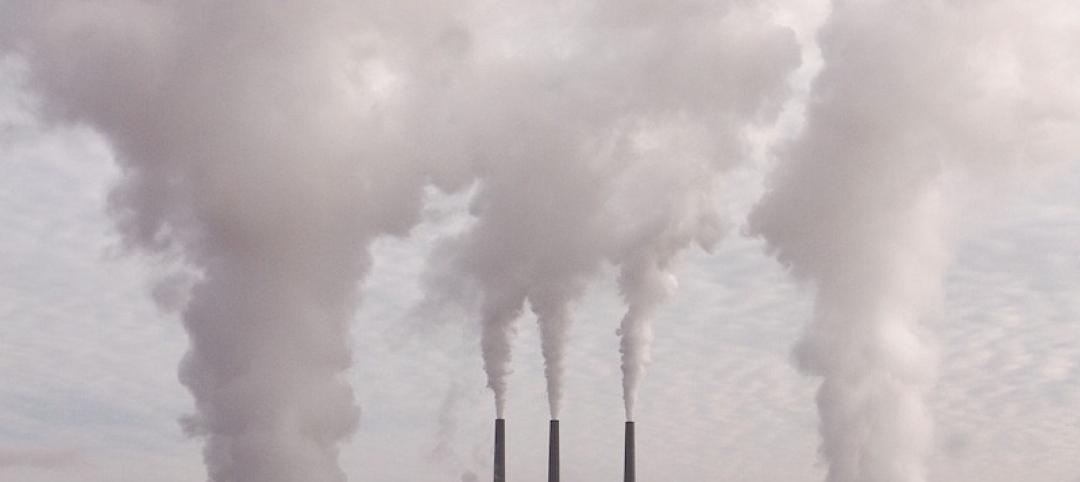Although LEED and ASHRAE 90.1 (Energy Standard for Buildings Except Low-Rise Residential Buildings) standards require or reward use of white “cool” roofing to mitigate urban heat island effects, it is not always the best choice of material.
Cool roofs can cast heat where it is not wanted. “Architects and roof consultants need to be aware of potentially adverse thermal effects when choosing roof membranes, particularly where roof surfaces are adjacent to walls that can be affected by bounced sunlight,” says Elizabeth Grant, associate professor in the School of Architecture + Design at Virginia Tech.
Choosing the best material for a commercial roof is a nuanced decision requiring a careful examination of the application. “Roof selection is an architectural issue,” Grant said. “It’s not as simple as slapping a white roof on everything to gain a LEED point.”
The study compared the thermal impact of white and black roofs. The black roof heated the air within 5 ½ inches, but there was no difference in air temperature impact for black or white roofing above that zone. Researchers also found that electrical metallic tubing and glazed and precast concrete wall panels near white TPO roofing were 3 to 9 degrees Fahrenheit warmer than those near black EPDM roofing.
Related Stories
Codes and Standards | Jun 3, 2019
Haskell invests in BLOX, creator of modular-based delivery method
‘Represents important part of Haskell’s future strategy,’ says CEO.
Codes and Standards | Jun 3, 2019
Florida may eliminate certificate of need requirement for new hospitals
Bill could boost specialized facilities.
Codes and Standards | May 31, 2019
RELi 2.0 standard for sustainability, resilience being piloted
Will be open to LEED-registered or -certified projects, with introductory pricing and support.
Codes and Standards | May 31, 2019
Pankow Foundation releases report, tools for embodied carbon impacts
Focus is on MEP and tenant improvements.
Codes and Standards | May 24, 2019
USGBC receives funding for LEED for Cities and Communities Program
Bank of America provides $500,000 grant to certify 15 U.S. cities.
Codes and Standards | May 24, 2019
AIA updates Interiors Contract Documents
Six revised documents available for interior construction projects.
Codes and Standards | May 23, 2019
Northern California casino offers a template for resilient microgrids
Solar power with batteries and backup generators provide weeks of self-reliance.
Codes and Standards | May 23, 2019
Austin creates innovative plan to boost affordable housing
Approach includes loosened zoning, incentives for higher density in lower-cost and mixed-income developments.
Codes and Standards | May 20, 2019
Effort launched to develop better process for zero-carbon retrofits in multifamily sector
Rocky Mountain Institute, Dept. of Energy, California Energy Commission join forces.
Codes and Standards | May 20, 2019
Property lenders shouldn’t invest for 30 years in most of Florida, expert warns
Climate ignorance driving some ‘insane’ deals.

















